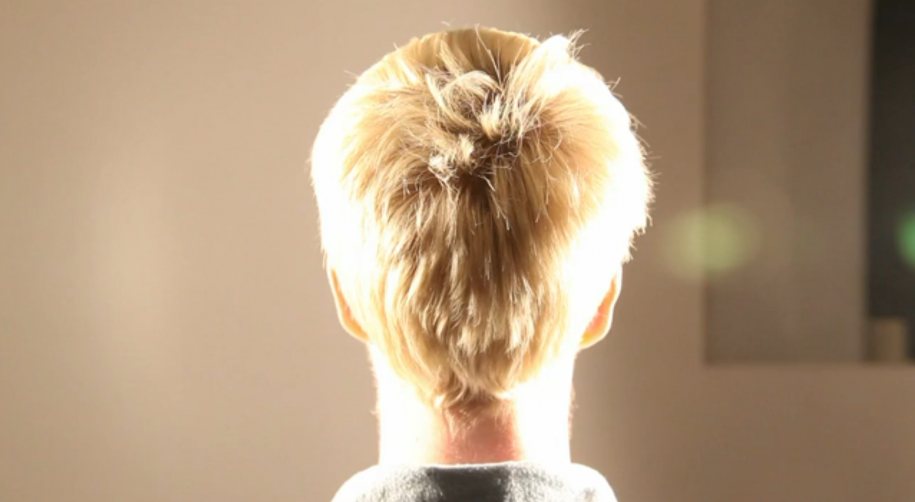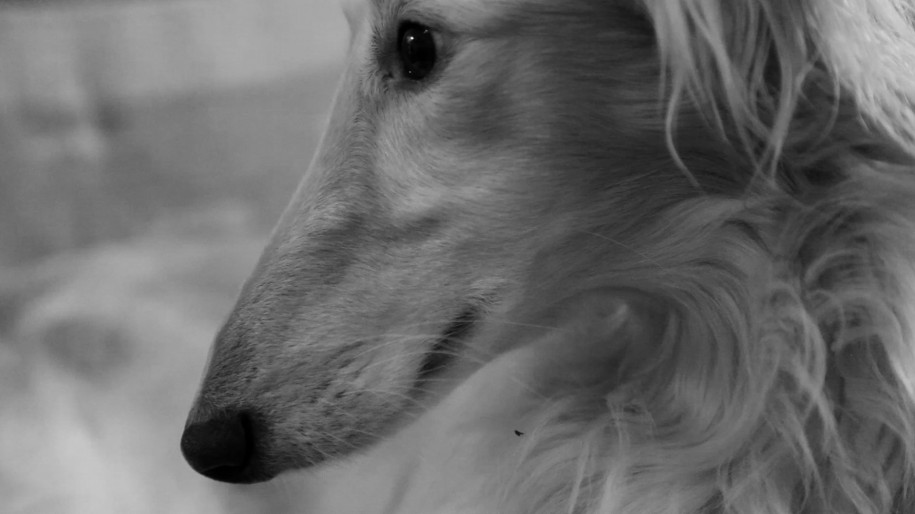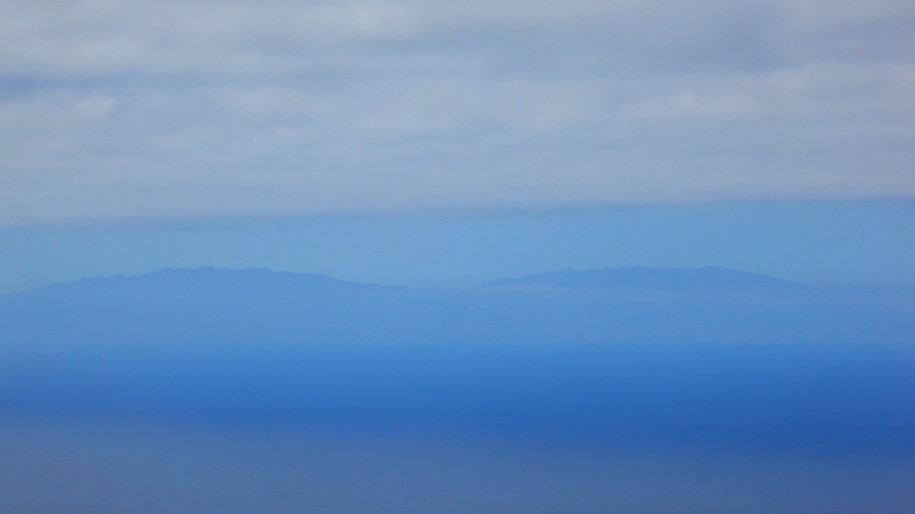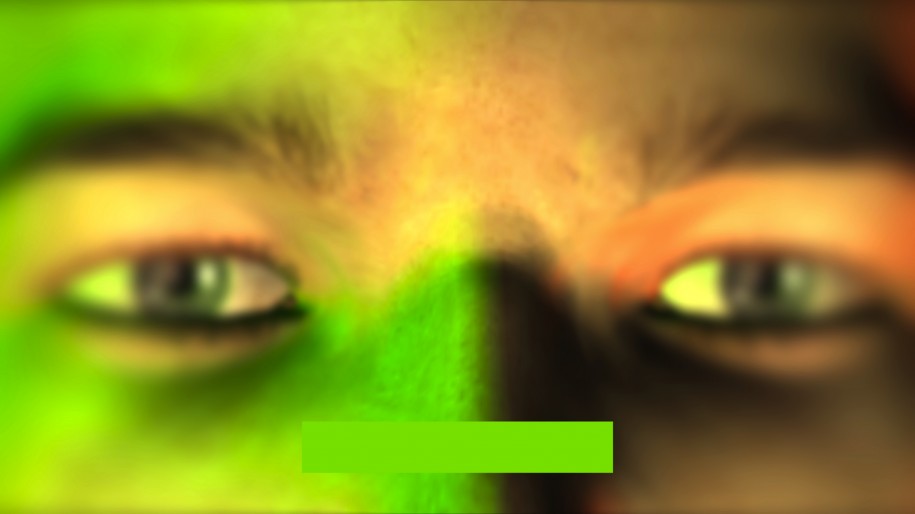ARCHIVE
ED ATKINS
interview by Hans Ulrich Obrist

Courtesy of the artist and Cabinet, London
HANS ULRICH OBRIST I wanted to ask you about how it all started. How did you come to art, or did art come to you? Was it an epiphany or a gradual process?
ED ATKINS In retrospect, it seems a relative inevitability, in terms of having parents who were both more or less repressed but practicing artists in one way or another. One was a comprehensive school art teacher; one was a graphic designer. Both wanted to make work — and did, to a certain extent — but they were in situations where they felt they had to make a choice to have reliable incomes. Perhaps in response to this compromise, and to the presence of art in a practiced but private sense, there was a certain kind of lure of art apart from pragmatism.
In terms of my own practice, there were those initial fumblings with drawing and painting, exploring compulsively — and then, almost completely aside from that, contemporary art and the moving image, which came through an exposure to structural film, particularly the American side of it.
HUO Like Stan Brakhage?
EA Yes, and perhaps Hollis Frampton more particularly. I suppose mainstream cinema was my first love — that and music, tempered with literature and computer games… Art was simply a place where I could bring these things together and that that was okay.
At the event I organized with Siôn Parkinson at the ICA over Easter weekend, “A Dying Artist,” we showed Brakhage’s autopsy film as the climax of this festival of representations of illness and death and creativity. Stan Brakhage appears almost disinterested and absolutely straightforward in his shooting of an autopsy.

Courtesy of the artist and Cabinet, London
HUO The theme of illness and death is not new in your work.
EA Well, if I’m honest, that has come from personal experience as well as a more detached interest in the subject of materiality in the digital moving image. Everything began to circle around the cadaver. Cadavers became the best way to look at representation and, in particular, recent technologies of representation. There is the push in industrial cinema towards high definition and 3-D, and at the same time the body of cinema is falling away: there is no celluloid, no tape, no DVD. All you are left with are these reams of code, which, to a certain extent, simply haunt different media. So you have the hyper-materiality of the image itself, but in the body you have nothing — you have this apparent immaterial aspect, which to me provided an echo with the dead body, being both present and absolutely absent. Heavy, dense matter.
HUO It is almost a contradiction to make that productive.
EA For me, yes. It became an attempt to understand this apparent contradiction by making work that utilized this newly configured material-immaterial aspect within the moving image. Sound — music in particular — became a really big thing, too, as something that explicitly straddled that aspect. Those apocryphal early experiments of Throbbing Gristle, for example, that apparently tried to make people shit themselves or be sick with the use of certain frequencies and toned, trying to embody this invisible thing, sound, within the viewer. This is perhaps where a structural element came in as well: a heavy presence, with a reality to it, without the reliance upon, say, the presence of celluloid or a certain worrying about the projector — that, you would find matter elsewhere and it may be that the place you found it was manifest within the body of the viewer.
HUO That brings us back to illness and the recent project of manifesting a tumor, which is the production of reality.
EA Absolutely. A tumorous reality, which might be particularly interesting because it is certainly very hard to apprehend a tumor. You can’t really touch it or smell it or feel it—at least not without surgery. It’s this internal thing that you cannot apprehend sensorally; it can only be apprehended imaginatively.

Courtesy of the artist and Cabinet, London
HUO Do you consider you work as connected to the idea of mutation?
EA Yes, I do love this idea. The book, A Tumour (In English), which forms a part of the exhibition at Tate Britain, is free and there are 4,000 copies of it for visitors to take. So people will pick it up, take it home, read it, and 4,000 tumors will shudder into existence. I like the peculiar negativity of it…I want to make terrifying work. I believe that this is a powerful route toward comprehending embodiment. One spends one’s life not really thinking about one’s body; it’s perhaps only really in the grip of illness or death that we truly apprehend our bodies. The fact is that the body, matter, will have its revenge.
HUO Was painting ever relevant to you?
EA Literature is more the root, for me, in terms of creativity and illness. There is a particular canon, almost a group of people you could put together, just because they wrote differently after they had been diagnosed. Writers like Anthony Burgess, who when he was diagnosed with a terminal illness, produced prolifically — this incredible profusion of work, all of it urgent, produced within a newly endowed sense of nowness brought about by the apprehension of the body in decay.
HUO So you looked at writers and how they coped with terminal illness?
EA Yes, because that new negative life seems to afford a dropping of barriers, both intimately personal and creative. Because they are being handled by doctors and nurses and orderlies and really have no privacy left, perhaps they become more honest on the page.

Courtesy of the artist and Cabinet, London
HUO Can you give more examples besides Anthony Burgess?
EA More recently, and more saliently for me, Roberto Bolaño. He struggled with illness for something like the last ten years of his life, during which time he produced five or so novels, alongside vast amounts of other prose, all of it completely committed to the idea that art and literature can genuinely affect physical reality; that they can kill or save lives. This is important in contemporary art, as people rightly wonder what kind of effect the work can have on any empirical reality. So the tumor — my contrived tumor — is both a kind of satire and a very real promise. This is not metaphor; reading the book will give you a tumor It’s magic. I have to believe this in order for it to be effective, both as a work and as a promise.
HUO You’re talking about literature, but in your films, there is not much text. What is the role of writing, then, in your practice? Do you write a lot?
EA Yes. Most of the films begin as a more or less solid screenplay or prose piece, and then undergo a certain process of abstraction. Oftentimes, subtitles will be introduced, only to be removed later, leaving maybe just a blank bar… Writing, to me, is a precursor to this movement of immaterial to material, which I am trying to work around. It is the perfect exemplar: you carry a book, the most economical, almost immaterial communicative device. My writing is incredibly profuse; the language I use is all substance and detail. It is very gratuitous writing, in that sense, whereas the basic imagery of the films has a certain level of economy.
HUO So you write a text for each of your films?
EA Most of the time they just live with me in some way; they don’t become anything. The Death Mask films all had scripts that then became discrete screenplays. But they are so far away from the final product of the film; they are almost unfilmable in themselves. They push towards literature again, rather than realization as a film. A single line might describe a shot lasting for six hours; it might describe impossible movements of the camera and the body of the cameraperson…Writing is the way I think; I think through writing. I don’t draw to think. I do the odd drawing, but they are not to think. They are the opposite of thinking.

Courtesy of the artist and Cabinet, London
HUO Do you ever exhibit these drawings?
EA Occasionally, yes. But I find it very difficult to tell when the process — which is what the drawing is above all else — becomes a finite thing
HUO Is the beginning of your catalogue raisonné the Death Mask work?
EA It definitely feels like the first fully culminated expression of what I’m thinking about. But I have to say that, to a certain extent, I don’t really think like that, with a weather eye on legacy. Most things fall away for me. Only the present thing exists as important, vital. Nowness. The Death Mask body of work was the first push into this swollen dead body, and this representation of matter. It was also when my father died, so there was certainly a pretty sizeable personal investment.
Weirdly, I had already been reading around cadavers — particularly in Blanchot — and then suddenly my father contracted a terminal illness and died not long after. I had been dealing with cadavers as objects, ciphers and surrogates, and then the thing actually happened… You realize through personal proximity that expressions and representations of death are always personal. Whenever someone says “the cadaver,” they mean a real person. They mean someone whom they had known who had died.
This is something from Blanchot, clearly. There are these amazing moments in his writing where he might refer to the dead body and describe that moment of holding it in your arms; which is to say that he has held someone he knew, dying or dead, in his arms. There is something exquisitely personal about describing death.
This was something that myself and Siôn Parkinson really wanted to have during the Easter weekend ICA event, “A Dying Artist”: Lots of different people talking very personally about illness and death.

Courtesy of the artist and Cabinet, London
HUO That raises the subject of your work as a curator. Can you talk about what curating means to you?
EA I guess part of the reason lots of young-ish contemporary artists are particularly naturalized to appropriation is its connection to the way information is dispersed. We seldom even talk about appropriation anymore, because it’s so apparently obvious. For me, curating or pulling together other people’s work is a recuperative and maybe even gracious learning experience. The research becomes the work, but it also becomes a way to bring people together. For example, at the ICA, we had Brian Dillon talk about hypochondria in relation to creativity and the space that illness might create, which became a wonderful foil for Dennis Potter’s The Singing Detective, which was devastating beside Griselda Pollock’s Deadly Tales and Bonnie Camplin’s video Cancer, all of which are highly personal and completely singular works that appeals to a shared experience.
HUO Can you talk about the genesis of the Death Masks and how they change from film to film?
EA Death Mask I and II started with screenplays. The first was straightforwardly a biopic of Madam Tussaud, who had become a great figure for me, simply because she sat in this strange place between incredible proximity to very real, very gruesome death, and its artful representation and memorialization. Number two, which accompanies the video The Scent, is another feature-length biopic, this time of Alfred Wallace, a British naturalist who wrote, among many other things, about a fruit called the durian, which stinks of rotting flesh. It is roughly the size of an adult head, but viciously spiked. The film concerns representations of the corpse and how close they can get to being the real thing. The smell of the corpse aside from the photograph of the corpse…
HUO In the western world, death has become invisible…
EA And sanitized. In my own personal experience, the undertakers usher you away while they handle the body. There are certain levels of witnessing you are allowed and others you are not, which is why the Brakhage film is still so extraordinarily shocking, even though it is absolutely matter-of-fact; it simply makes visible something that is usually invisible.

Courtesy of the artist and Cabinet, London
HUO A taboo.
EA Totally, and it is amazing how much that world still is a taboo.
HUO In Death Mask III, there is this Kraftwerk-like head that is drifting.
EA Yes, that’s from A Tumour (In English). It’s something of a logo, I suppose. A recurring motif is the back of a head, which is in almost all of the videos, and which acts for me as a kind of pseudo-protagonist. I found it very difficult to film someone’s face. It seemed as if as soon a face appears, so much collapses. The face alone becomes the focus; it comes to define everything. You don’t really notice the structure anymore, the subtleties that surround and support the apparent apex. And the back of the head would also describe someone looking in, something that you desire to turn around, to collapse, to become narrative, but which would also always resist that desire. I suppose that’s part of a certain politics inherited from the structural, critical moving image. At the same time, there are aspects to that politics that I cannot have: for a start, I do not know the mechanisms of the machine I am using. A certain group of artists knew how to manipulate celluloid and they could be truthful about that. But I cannot be truthful about digital film. I don’t know how it works. Truth eludes me. It’s a magical scenario — but also one of ignorance.
Death Mask III branched out, making it about coming to terms with a larger situation of loss and physical rot: this vast aching loss, with a spiritual aspect at one end, and the dead weight of physical matter at the other.

Courtesy of the artist and Cabinet, London
HUO A Primer for Cadavers, which follows Death Mask, is again about death and cadavers. At the beginning, there is this strange hairdo…
EA Yes, it’s refracted through various kaleidoscoping lenses. Filming in digital, I have also been using these very heavy glass lenses, which are quite old and certainly old-fashioned in their effect; the way they treat the images is very different from anything achievable in After Effects or other digital post-production software.
I am not quite done with the figure of the cadaver. There is so much there, which is perhaps a problem. The cadaver is a site for so much sensitive apprehension. The smell, the weight, the sight, all of these things: it feels like an apex of experience. A Primer for Cadavers was my attempt to do that: to overload, to summon a cadaver — though not from a person, but from nothing.
HUO There is also a very strange sentence about “ragged address.” There is something entropic about this.
EA Yes, there are a lot of shifts from incredibly close, almost internalized intimacy, to planetary movement — a sudden rushing between great, vast expanses and molecular detail. It’s reminiscent of Pascal’s infinitely large and infinitely small being: in their incomprehensible extremity, they are the same thing. This again seems to resemble Blanchot’s dichotomous versions of the imaginary; the cadaver oscillates between abject physical matter and spiritual immateriality.
HUO I keep thinking about painting, about Holbein and his famous painting at the Kunstmuseum in Basel, where you see the cadaver and the coffin. What you see looks at you and what looks at you, you see. So in some way, you imagine yourself to be the cadaver.
EA Yes, that is interesting. Again, that would make sense in terms of a proximity to death. We cannot apprehend the work as cadavers, but we can get close. I can give you a tumor; we can reach a certain terminal velocity.
Those moments when the body betrays you to illness, when you feel close to death in the sense of some bodily abjection — that proximity is an extraordinary area to try to inhabit with one’s work, where you can touch death, can smell your own fecund decay.
HUO Does that also go for your work Delivery to the Following Recipient Failed Permanently?
EA Yes. The title comes from an experience about a year after my father had died, when I had not yet removed him from my email list. One day, a message bounced back and it just said simply, “delivery to the following recipient failed permanently.” His email account had finally been taken down through lack of use. Suddenly, there was this moment, this return, this delay, which was generated automatically, accidentally, and had an incredible emotional effect on me.

Courtesy of the artist and Cabinet, London
HUO One of the things that many of the films have in common is this abstract rectangular bar. Is this bar your personified abstraction?
EA It is several things. Pragmatically, it used to be where a subtitle would be. It was a way to make subtitles physically present in their absence, so that they would have to be part of the diegesis, rather than above or outside of it. It is also a motif, like the back of the head, that has become important to me. These things are residues of other works, like shortcuts that point to the absence of words, but also the absence of narrative, or the obscured presence of narrative. The obfuscation of things… Behind these bars, there might be words, something that would define the image. But they are blocking that language.
HUO The bars are often monochrome. How does color come about?
EA Sometimes, the colors are simply drawn from the palette of the image behind the bars. It’s a digital process, where you Photoshop something into the picture. I’m continuing to push further into the digital realm. One thing that’s interesting to me is that everything I do is on one laptop. I don’t have a studio; I have a few portable hard disks and a laptop. And although this is an economic necessity, it’s become important to me to maintain, at least for now, this kind of layering of things. Much like the subtitle and soundtrack, things start to build up into this thick sediment, which is similar to the way that I make the work. It builds up in a thickening process, from nothing to matter.



